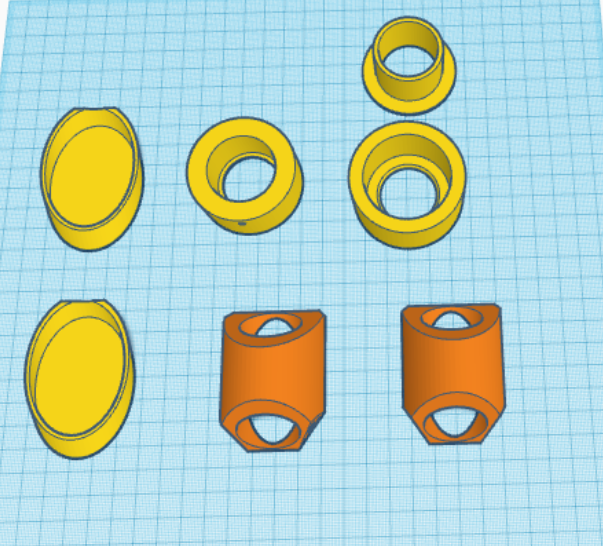3D Printed Erecting Mirror System based on the invention of Tatsuro Matsumoto
Shown below is a screenshot of the latest design of the 28mm aperture Erecting Mirror System. The .stl files can be found on Tinkercad in my public area under the file name "Complete 28mm EMS". Designs are also available for 32mm and 38mm apertures. Contact me if you are interested in purchasing any of these 3D prints at: [email protected]
The assembly process can be viewed at my Youtube channel "petertinkerer W"
The assembly process can be viewed at my Youtube channel "petertinkerer W"
